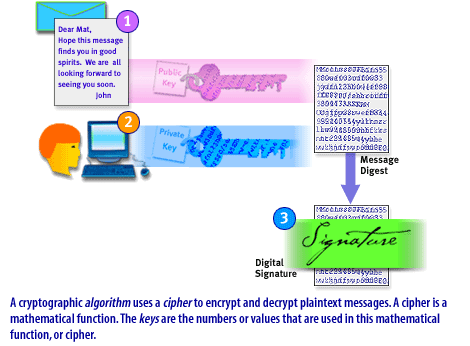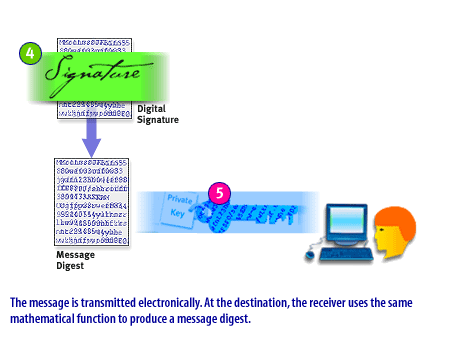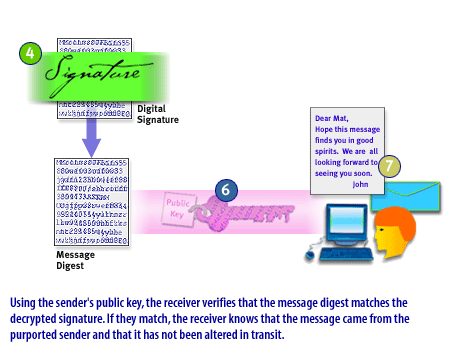| Lesson 7 | Authentication |
| Objective | Identify authentication methods. |
Authentication and Certification using an example from ecommerce
In eCommerce, authentication and certification both play critical roles in securing online transactions, but they function differently.
Summary:
- Authentication: Authentication is the process of verifying the identity of the parties involved in a transaction to ensure they are who they claim to be. In the context of eCommerce, authentication ensures that the buyer and the seller are legitimate.
Example: When a customer logs into an eCommerce website (e.g., Amazon or eBay) to make a purchase, they typically provide a username and password. This step is part of the authentication process, where the website checks the credentials provided by the customer against its records to verify that the customer is legitimate. Two-factor authentication (2FA) is an additional layer where, after entering the password, the customer may be asked to enter a code sent to their phone or email to further verify their identity. In this case, the eCommerce platform (e.g., Amazon) is authenticating the customer to ensure that they are the legitimate account holder. - Certification: Certification involves using a trusted third-party intermediary (a Certificate Authority, or CA) to verify the authenticity of the entities involved. In eCommerce, certification is often related to the security of the website itself, ensuring that the website you’re interacting with is legitimate and that your data is securely encrypted.
Example: When you visit an eCommerce website, you may notice a padlock symbol in the browser’s address bar and the URL begins with "https://". This indicates that the website has an SSL/TLS certificate issued by a trusted Certificate Authority (CA). The CA verifies the identity of the eCommerce website before issuing the certificate. The certificate assures the customer that the website is legitimate and that any information they exchange (such as credit card numbers) is encrypted and secure. For instance, if a customer visits https://www.example.com, the browser uses the SSL/TLS certificate to authenticate the site, ensuring that they are truly dealing with "example.com" and not a fraudulent site. This certification process prevents man-in-the-middle attacks and ensures trust between the buyer and the website.
Summary:
- Authentication (e.g., login with username and password) ensures that the parties (like the customer) are who they say they are.
- Certification (e.g., SSL/TLS certificate) involves a trusted third party (the CA) verifying the legitimacy of the website to ensure the security of the transaction.
Authentication and certification both ensure the identity of the person or entity with whom you transact, but the methods they use are different:
authentication proves who the parties are to one another, and certification uses an intermediary for proof. Authentication through digital signatures is used in high risk e-commerce transactions, as well as for the delivery of highly sensitive information, even software. Authentication proves who the parties are to one another, and certification uses an intermediary for proof. Let's review authentication and certification in more detail.
- Authentication: In the authentication process, the recipient of a message receives a digital signature. Because a digital signature can't be forged, the recipient can be confident of the sender's identity. The following series of images below describes how authentication works.
Secure ecommerce Transactions
Authentication process



In the next lesson, you will identify various certification methods.